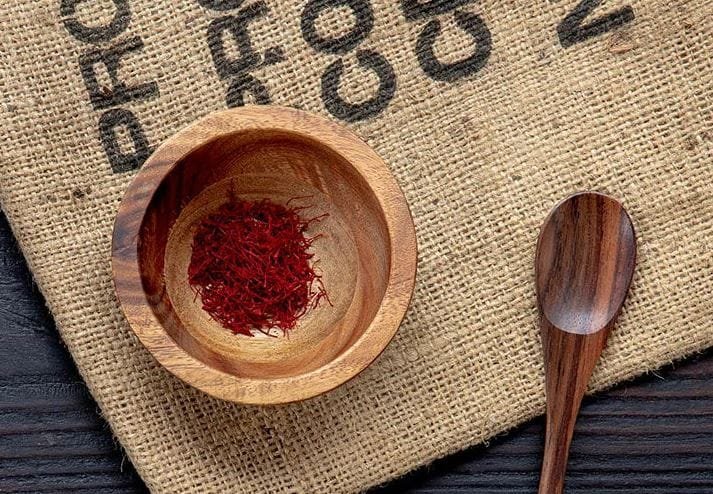 Saffron Market Dynamics and Weekly Investment Trends
Saffron Market Dynamics and Weekly Investment Trends
Saffron investment growth : Saffron, often referred to as “red gold,” has maintained its prominent place in the global agricultural market. The weekly transaction value of saffron investment funds has risen to over 7 trillion IRR, with significant contributions from the Nahal and Saharkhiz funds. Last week, Nahal’s share amounted to 241 billion IRR, while Saharkhiz contributed 41 billion IRR, bringing the total to 282 billion IRR. This surge highlights saffron’s continuing importance in Iran’s agricultural and financial sectors.
Factors Driving the Rise of Saffron Investment Funds
Saffron investment growth :The ongoing investment in saffron-related financial products reflects the increasing demand for this spice. Saffron production remains a significant agricultural industry in Iran, with various funds dedicated to saffron-based investments. The Saharkhiz fund, in particular, demonstrated remarkable growth, surpassing its previous ceiling of 45,123 IRR with a 20% increase. However, the fund is now undergoing adjustments to stabilize its growth.
Commodity Investment Funds and Their Role in Saffron
Saffron investment growth : Commodity investment funds, including those focused on saffron, play a crucial role in indirect commodity investment. These funds are required by regulations to invest at least 70% of their assets in the corresponding commodity certificate, such as saffron certificates. Currently, two main funds, Nahal and Saharkhiz, are actively involved in the saffron market. These funds trade weekly, with a price fluctuation range of ±10%.
Performance of Saffron Investment Funds in Recent Months
Saffron investment growth :In the past year, Saharkhiz’s saffron certificates saw a remarkable 170% growth, while Nahal’s fund experienced a 135% increase. Both funds outperformed other major commodity funds, including the Amber Gold fund, which posted a 132% return. These gains demonstrate the potential for saffron investment, further solidifying saffron’s status as a high-return commodity.
Saffron Market Trends and Future Outlook
Saffron investment growth : The saffron market is heavily influenced by various factors, including climate conditions, market supply and demand, and government regulations. For example, the heat stress experienced in August has affected saffron yields, with expectations of a 20% increase in production compared to the previous year. However, production is projected to reach a maximum of 350 tons, falling short of the anticipated 400 tons due to unfavorable weather conditions.
How Saffron Prices Are Impacted by Market Conditions
The price of saffron fluctuates based on various market factors, including currency exchange rates, import tariffs, and the seasonal supply of saffron. Currently, saffron prices range from 65 million IRR per kilogram for standard strands to 102 million IRR for premium quality saffron. While prices are expected to remain stable in the short term, they may experience fluctuations based on harvest conditions and market demand.
Investing in Saffron: A Sweet or Bitter Venture?
Saffron, like any other financial market, can offer high returns, but poor investment decisions can lead to significant losses. For those interested in saffron investment, thorough research, consultation, and experience are necessary. Investors should explore various options such as saffron certificate funds, futures contracts, and options trading. Proper knowledge and understanding of saffron’s market dynamics can ensure profitable investment outcomes.
The Growing Popularity of Saffron in Global Markets
Saffron investment growth :Saffron remains in high demand globally, with exports to over 70 countries. As global interest in saffron increases, so does the need for efficient production methods and better export strategies. Iranian saffron, in particular, continues to enjoy high demand in international markets, with the potential for further growth in the coming years.
Conclusion: The Future of Saffron Production and Investment
While saffron remains a valuable agricultural product, its future success relies on overcoming challenges related to climate stress and production inefficiencies. By improving cultivation methods and expanding market access, saffron production and investment can continue to thrive. For investors, this presents a unique opportunity to profit from the growing global demand for saffron.
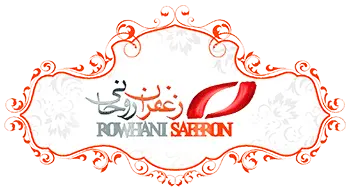

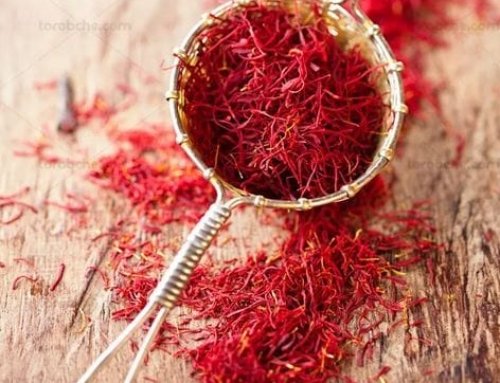
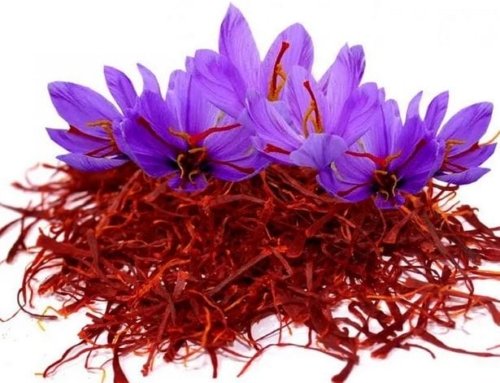
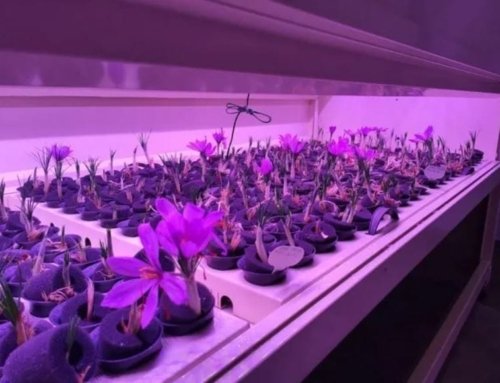
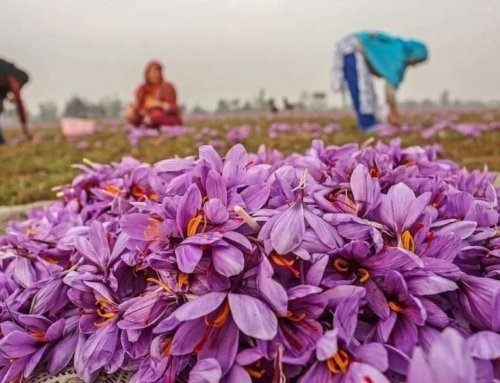
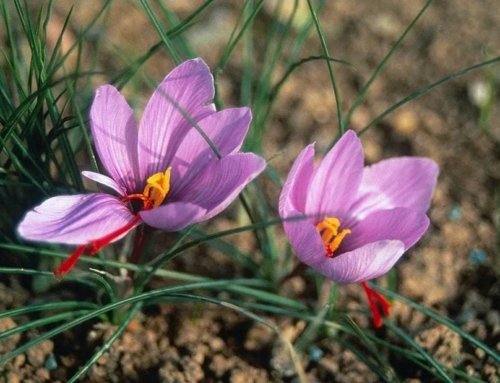
Get Social